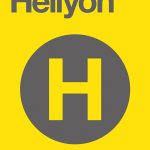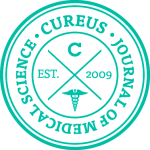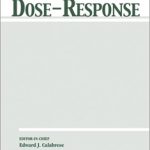Erik W Baars and Peter Kooreman
A 6-year comparative economic evaluation of healthcare costs and mortality rates of Dutch patients from conventional and CAM GPs
BMJ open, 2014, 4, e005332

Objectives To compare healthcare costs and mortality rates of Dutch patients with a conventional (CON) general practitioner (GP) and patients with a GP who has additionally completed training in complementary and alternative medicine (CAM).Design - Comparative economic evaluation.Setting - Database from the Dutch insurance company Agis.Participants - 1 521 773 patients (98.8%) from a CON practice and 18 862 patients (1.2%) from a CAM practice.Main outcome measures - Annual information on five types of healthcare costs for the years 2006–2011: care by GP, hospital care, pharmaceutical care, paramedic care and care covered by supplementary insurance. Healthcare costs in the last year of life. Mortality rates.Results - The mean annual compulsory and supplementary healthcare costs of CON patients are respectively €1821 (95% CI 1813 to 1828) and €75.3 (95% CI 75.1 to 75.5). Compulsory healthcare costs of CAM patients are €225 (95% CI 169 to 281; p<0.001; 12.4%) lower and result mainly from lower hospital care costs (€165; 95% CI 118 to 212; p<0.001) and lower pharmaceutical care costs (€58; 95% CI 41 to 75; p<0.001), especially in the age categories 25–49 and 50–74 years. The costs in the last year of life of patients with CAM, GPs are €1161 (95% CI −138 to 2461; p<0.1) lower. This difference is entirely due to lower hospital costs (€1250; 95% CI 19 to 2481; p<0.05). The mean annual supplementary costs of CAM patients are €33 (95% CI 30 to 37; p<0.001; 44%) higher. CAM patients do not have lower or higher mortality rates than CON patients.Conclusions - Dutch patients whose GP additionally completed training in CAM on average have €192 (10.1%) lower annual total compulsory and supplementary healthcare costs and do not live longer or shorter than CON patients.







